How Do I Help Students on Their Reading Comprehension
Comprehension: The Goal of Reading
Comprehension, or extracting meaning from what you lot read, is the ultimate goal of reading. Experienced readers have this for granted and may non appreciate the reading comprehension skills required. The procedure of comprehension is both interactive and strategic. Rather than passively reading text, readers must analyze it, internalize it and make information technology their own.
In order to read with comprehension, developing readers must be able to read with some proficiency and then receive explicit instruction in reading comprehension strategies (Tierney, 1982).
 Strategies for reading comprehension in Read Naturally programs
Strategies for reading comprehension in Read Naturally programs
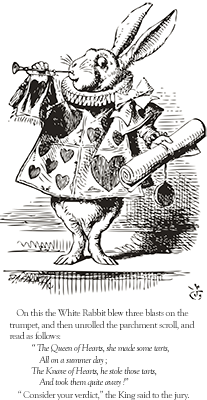 Full general Strategies for Reading Comprehension
Full general Strategies for Reading Comprehension
The process of comprehending text begins earlier children can read, when someone reads a picture book to them. They listen to the words, see the pictures in the volume, and may showtime to acquaintance the words on the page with the words they are hearing and the ideas they correspond.
In lodge to learn comprehension strategies, students need modeling, practice, and feedback. The central comprehension strategies are described below.
Using Prior Knowledge/Previewing
When students preview text, they tap into what they already know that will help them to sympathize the text they are virtually to read. This provides a framework for any new information they read.
Predicting
When students make predictions almost the text they are about to read, information technology sets up expectations based on their prior noesis well-nigh similar topics. As they read, they may mentally revise their prediction as they gain more information.
Identifying the Principal Idea and Summarization
Identifying the master idea and summarizing requires that students make up one's mind what is important and and so put it in their own words. Implicit in this procedure is trying to understand the writer'southward purpose in writing the text.
Questioning
Asking and answering questions about text is another strategy that helps students focus on the pregnant of text. Teachers can help by modeling both the process of request good questions and strategies for finding the answers in the text.
Making Inferences
In order to make inferences almost something that is not explicitly stated in the text, students must acquire to draw on prior knowledge and recognize clues in the text itself.
Visualizing
Studies have shown that students who visualize while reading have better recollect than those who practice not (Pressley, 1977). Readers can accept advantage of illustrations that are embedded in the text or create their ain mental images or drawings when reading text without illustrations.
Strategies for Reading Comprehension: Narrative Text
Narrative text tells a story, either a true story or a fictional story. There are a number of strategies that volition assistance students understand narrative text.
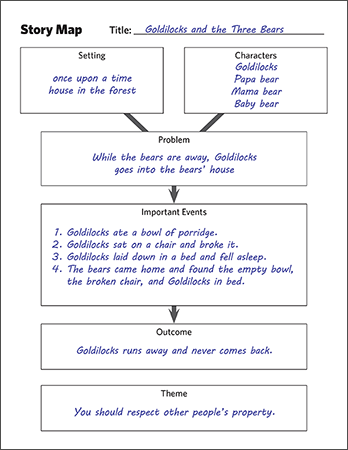 Story Maps
Story Maps
Teachers tin have students diagram the story grammar of the text to raise their awareness of the elements the author uses to construct the story. Story grammar includes:
- Setting: When and where the story takes identify (which can change over the course of the story).
- Characters: The people or animals in the story, including the protagonist (main character), whose motivations and actions drive the story.
- Plot: The story line, which typically includes one or more problems or conflicts that the protagonist must accost and ultimately resolve.
- Theme: The overriding lesson or main idea that the author wants readers to glean from the story. It could exist explicitly stated as in Aesop's Fables or inferred by the reader (more common).
 Printable story map (blank)
Printable story map (blank)
Retelling
Asking students to retell a story in their own words forces them to clarify the content to make up one's mind what is important. Teachers can encourage students to go beyond literally recounting the story to drawing their own conclusions about it.
Prediction
Teachers tin inquire readers to make a prediction about a story based on the title and whatever other clues that are available, such as illustrations. Teachers can subsequently ask students to find text that supports or contradicts their predictions.
Answering Comprehension Questions
Asking students unlike types of questions requires that they detect the answers in different means, for example, by finding literal answers in the text itself or by drawing on prior cognition and then inferring answers based on clues in the text.
Strategies for Reading Comprehension: Expository Text
Expository text explains facts and concepts in order to inform, persuade, or explain.
The Construction of Expository Text
Expository text is typically structured with visual cues such equally headings and subheadings that provide clear cues every bit to the structure of the information. The first judgement in a paragraph is also typically a topic sentence that conspicuously states what the paragraph is about.
Expository text too often uses one of five mutual text structures equally an organizing principle:
- Crusade and effect
- Problem and solution
- Compare and dissimilarity
- Description
- Time guild (sequence of events, actions, or steps)
Education these structures can help students recognize relationships between ideas and the overall intent of the text.
Chief Idea/Summarization
A summary briefly captures the main idea of the text and the key details that back up the primary thought. Students must understand the text in order to write a good summary that is more than a repetition of the text itself.
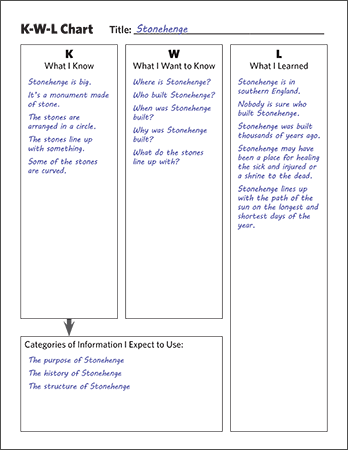 K-W-50
K-W-50
There are 3 steps in the Thousand-W-Fifty procedure (Ogle, 1986):
- What I Grandat present: Before students read the text, enquire them as a group to identify what they already know about the topic. Students write this listing in the "Thousand" cavalcade of their K-Due west-L forms.
- What I Westwardant to Know: Ask students to write questions about what they want to acquire from reading the text in the "West" cavalcade of their G-W-L forms. For example, students may wonder if some of the "facts" offered in the "1000" column are true.
- What I Learned: As they read the text, students should await for answers to the questions listed in the "W" column and write their answers in the "50" column along with annihilation else they learn.
After all of the students have read the text, the teacher leads a discussion of the questions and answers.
 Printable Thou-W-L chart (blank)
Printable Thou-W-L chart (blank)
Graphic Organizers
Graphic organizers provide visual representations of the concepts in expository text. Representing ideas and relationships graphically can help students empathize and remember them. Examples of graphic organizers are:
Tree diagrams that represent categories and hierarchies
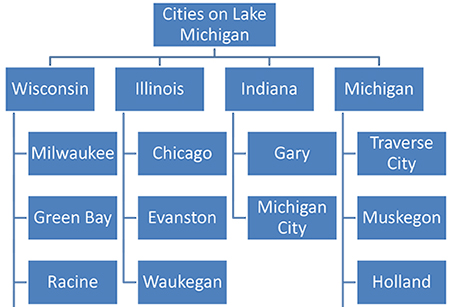
Tables that compare and contrast information

Time-driven diagrams that represent the order of events
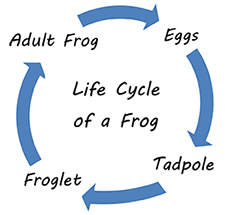
Flowcharts that represent the steps of a process
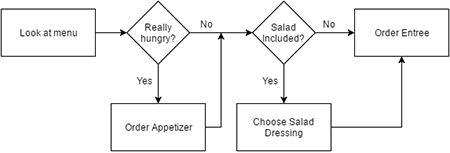
Education students how to develop and construct graphic organizers will require some modeling, guidance, and feedback. Teachers should demonstrate the procedure with examples first before students practice doing it on their own with instructor guidance and somewhen work independently.
Strategies for Reading Comprehension in Read Naturally Programs
Several Read Naturally programs include strategies that support comprehension:
| Read Naturally Intervention Program | Strategies for Reading Comprehension | |||
|---|---|---|---|---|
| Prediction Step | Retelling Stride | Quiz / Comprehension Questions | Graphic Organizers | |
| Read Naturally Live:
| ✔ | ✔ |
| |
| Read Naturally Encore:
| ✔ | ✔ |
| |
| Read Naturally GATE:
| ✔ | ✔ |
| |
| Ane Minute Reader Live:
|
| |||
| One Minute Reader Books/CDs:
|
| |||
| Have Aim at Vocabulary: A impress-based program with audio CDs that teaches advisedly selected target words and strategies for independently learning unknown words. Students work generally independently or in teacher-led small groups of up to six students.
|
| ✔ | ||
Bibliography
Honig, B., 50. Diamond, and L. Gutlohn. (2013).Teaching reading sourcebook, 2nd ed. Novato, CA: Arena Printing.
Ogle, D. One thousand. (1986). Thousand-W-L: A teaching model that develops active reading of expository text. The Reading Teacher 38(vi), pp. 564–570.
Pressley, M. (1977). Imagery and children's learning: Putting the moving picture in developmental perspective. Review of Educational Enquiry 47, pp. 586–622.
Tierney, R. J. (1982). Essential considerations for developing basic reading comprehension skills.Schoolhouse Psychology Review eleven(iii), pp. 299–305.
pepperthavercuris.blogspot.com
Source: https://www.readnaturally.com/research/5-components-of-reading/comprehension
0 Response to "How Do I Help Students on Their Reading Comprehension"
Post a Comment